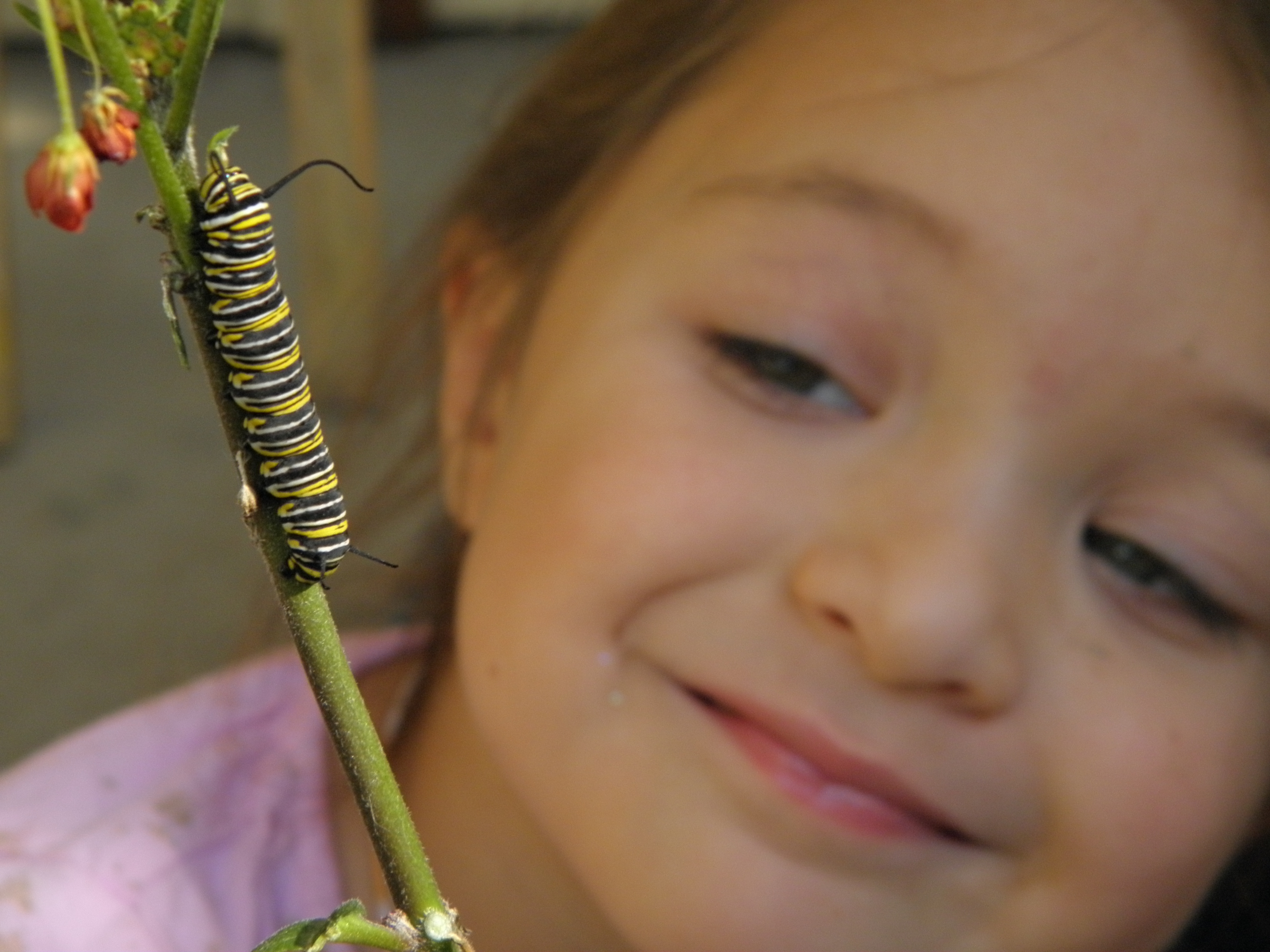It’s Second Nature
Connecting Preschools to Nature Inside and Outside

Screen time and indoor time is increasing for us all, and time outdoors is on the wane. But as anyone knows who has spent even a day cooped up inside with young children, time outdoors can work magic.
For those of us in the business of early childhood education, the question isn’t whether nature is important; the question is how urban preschools — and families — can access it. The Oaks Parent-Child Workshop, a cooperative preschool founded in Santa Barbara more than 70 years ago, has changed its curriculum and school environment over recent years to incorporate the natural world to a greater extent.

Outdoors, we removed asphalt and replaced it with a bike path landscaped with tufty grasses, willow, animal tracks, and native grapes. We planted edible fruit trees and installed raised beds seeded with edible greens and herbs: a source of food for our bunnies and children. We collaborated with the city Creeks Division to install more native plants on our property — which borders Mission Creek — and we reduced our waste by joining the city’s Foodscrap Composting Program.
Indoors, thanks to the Museum of Natural History’s borrowing program, we set up a nature corner that displays taxidermy mounts of animals, bird nests and eggs, and animal skeletons, bones, and skin. We invested in new field guides and binoculars. For the parents who attend our weekly education classes, we added nature to the syllabus. This led to “nature notes,” which the children, and their parents, learned to create and share. We used a blank artist’s pad to record discoveries made both at school and at home, including a photograph of the great horned owls bathing in teacher Laura’s backyard, the story of Anton’s family’s chanterelle mushroom hunt, Grandpa Steve’s pictures of ant lion sand traps, and Fin’s family’s photo of a centipede and her eggs.
We made exciting progress in our school environment, but the natural world beyond our property beckoned. With approval from the parent board, we worked with Fairview Gardens on a nature-based program held during the summer. Fairview Gardens, an urban farm about 15 minutes’ drive from our school, had trees to climb, loose parts to repurpose, a chicken coop, a children’s garden, sunflower teepees, food crops, and much more. Importantly, the farm had interns versed in environmental education.

We’ve had wonderful adventures on the farm. When it is hot, “Sister Mulberry,” an ancient fruiting mulberry tree, provides an expansive shady canopy for the children. The farm also has tables for activities and pathways to explore. The children learn about environmental sustainability: They water the garden with water they wash their hands in, and they compost their lunch leftovers.
As this off-campus program progressed, parents and teachers alike found a balance between being prepared and going with the children’s interests as they came up. We found our sweet spot: Pre-planned, developmentally appropriate activities allowed us to have resources on hand when and if children wanted them (such as watercolors and journals). We also came to realize that children have a great capacity for self-directed engagement, or play, in such a natural setting.
Last summer marked the fifth consecutive year for the Fairview Gardens program. At the end of each session, I have asked the teaching staff, which includes parent volunteers, what they noticed about teaching outdoors at the farm in contrast to teaching at school. Their responses astonished me at first, but they shouldn’t have. They said there were:
· Fewer conflicts, simpler
clean-up, and less need to entertain
· Children were more engaged, more
hands-on, better listeners, more reflective, and worked more cooperatively
· There were more appropriate
risk-taking opportunities, and children took full advantage of these
opportunities
Parents also reflected on their children’s experience from their perspective. Parents said they noticed gains in their children’s confidence, as well as an increased “sense of ease.” One parent said of her daughter, “Years later, the Oaks program at the farm is still a favorite memory of hers.”

In recent years, in addition to our summer program at Fairview Gardens, we have experimented with offering elective family field trips on weekends throughout the year. Our annual Oaks campout offers families a chance to spend a weekend in nature — sometimes for the first time. Our volunteer-led outdoor committee has also coordinated day hikes, beach walks, and visits to regional beauty spots like Arroyo Hondo Preserve and Santa Barbara Botanic Garden.
Over the past decade, step by step, The Oaks has turned to nature as our best teacher. We have watched our children learn and grow as they tend plants, examine chrysalises, hike trails, wade in creeks, watch bird nests, and make mud pies. Our hope is that schools and families across Santa Barbara will be inspired to join us in the growing movement to rediscover the benefits of nature connection.




You must be logged in to post a comment.